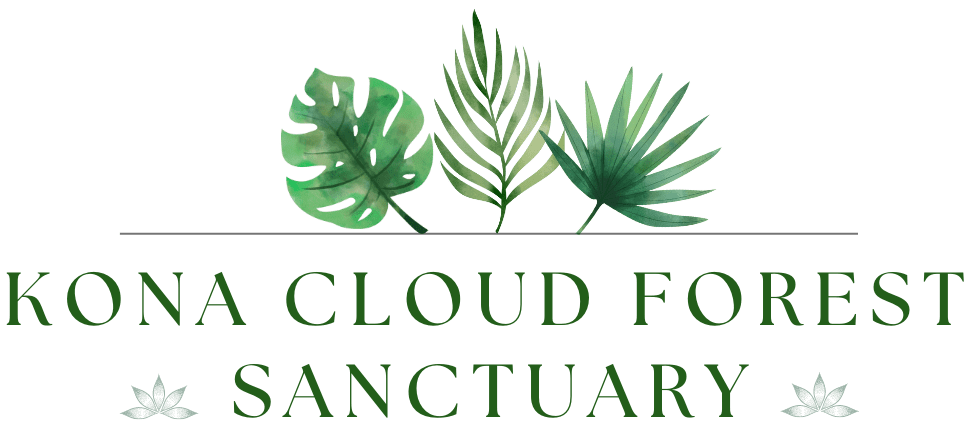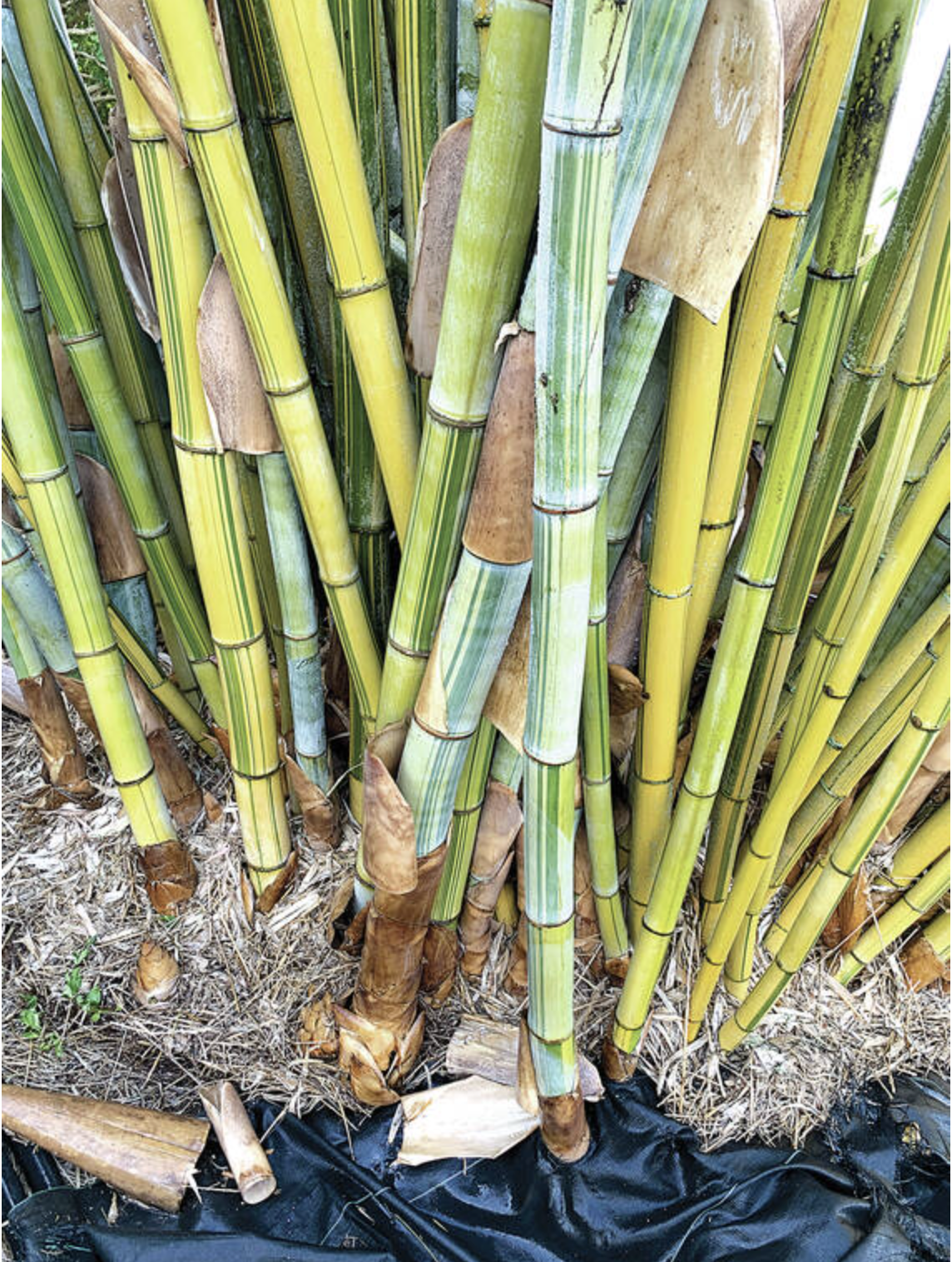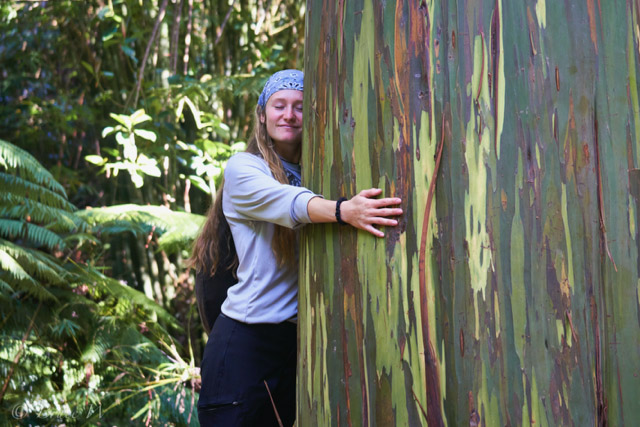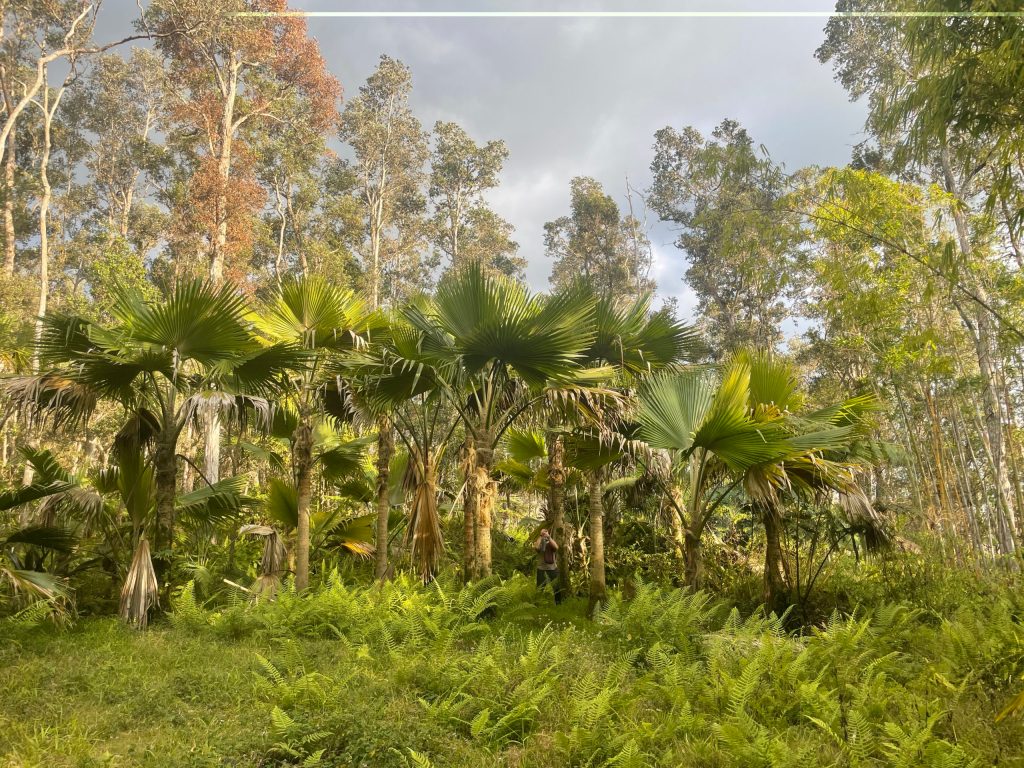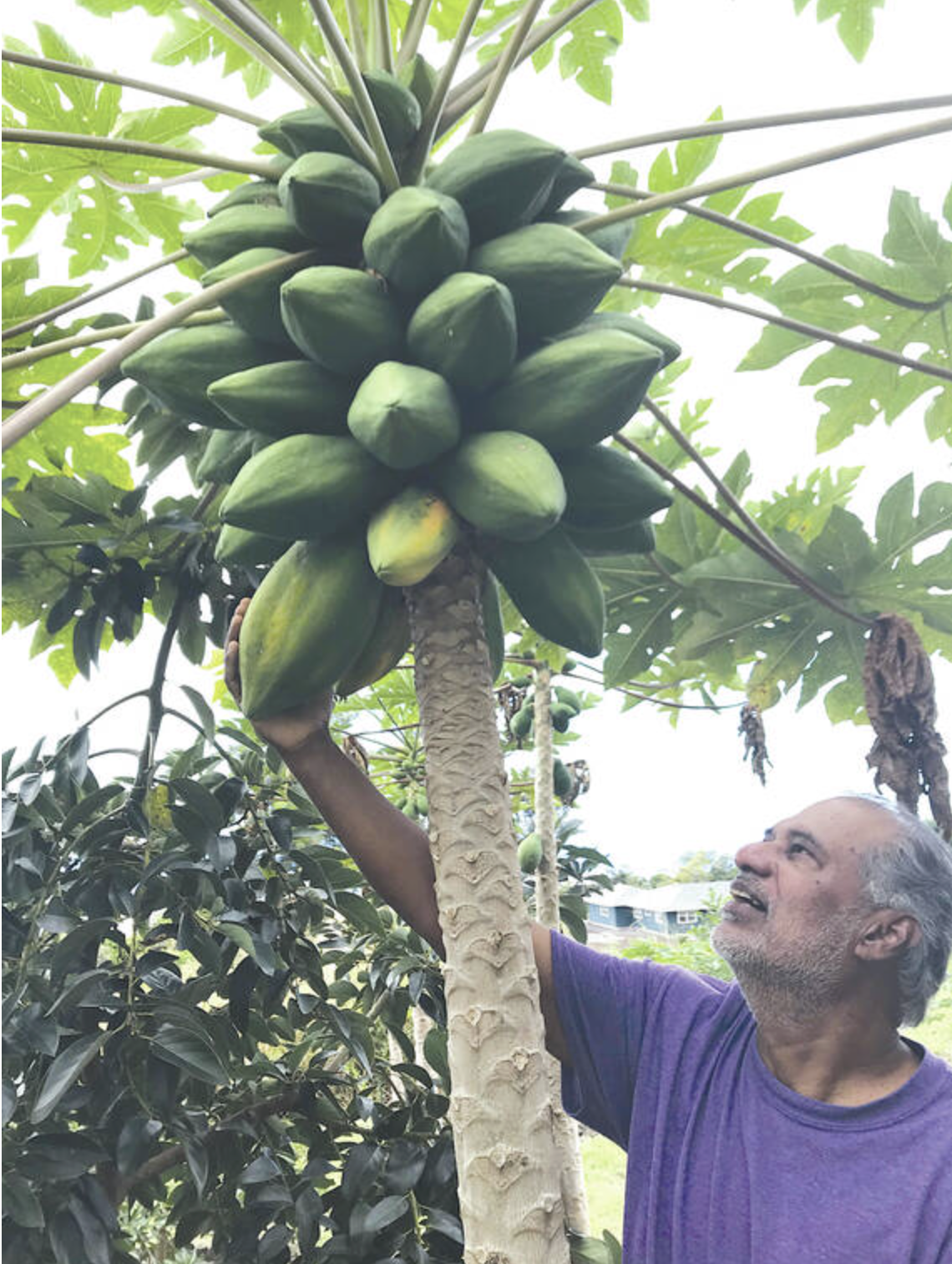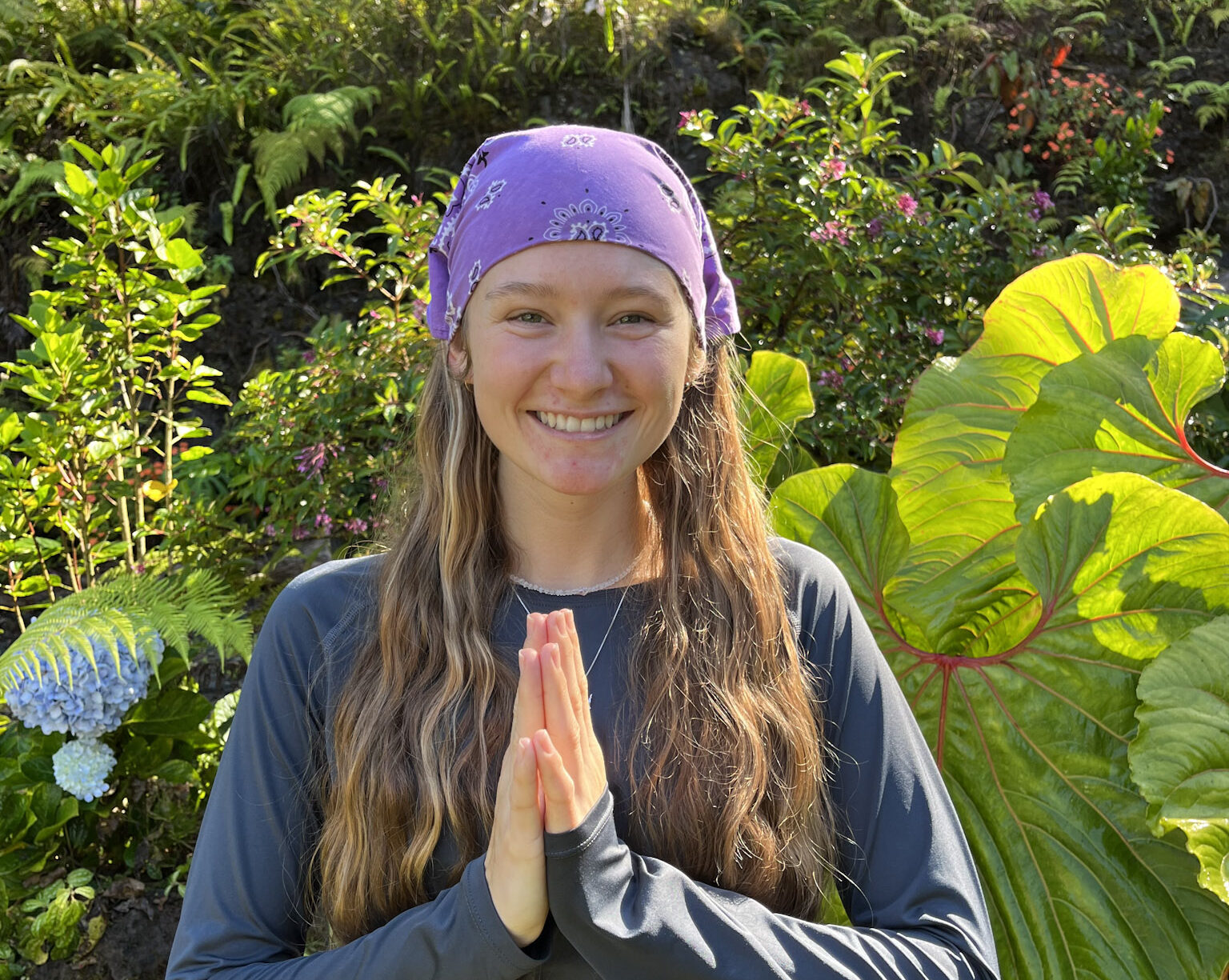There are more than 1,200 species of bamboo that vary from a few inches tall like Sasa pygmea pygmea to giants like Dendrocalamus brandisii at 120 feet in height. There are runners that may spread if not contained, and others that form well-mannered clumps.
Hawaii’s varied climates and cultural makeup are ideal for bamboo, but until the 1980s, there was no serious effort to introduce the valuable elite bamboos of Asia and the Americas. Thanks to the Hawaii Chapter of the American Bamboo Society and Quindembo Nursery, we now have many species from which to choose.
Bamboos have been used in Chinese gardens since 2000 BC. In the later centuries leading up to AD 1000, the Japanese started trading with China, and many species were naturalized in Japan to enhance the gardens of temples and wealthy traders. The first recorded introduction to the West was black bamboo (Phyllostachys nigra) in 1827. In the 20th century, many species were introduced by USDA Experiment Stations in Puerto Rico and Louisiana with hopes to develop new crop potentials. From there, they were distributed throughout North and South America.
Valuable bamboos species from Asia were established, tested and distributed throughout Central America and the Caribbean over the next few decades. Today, scores of species are utilized, but bamboo is not new to indigenous American cultures. Guadua species native to the Americas were used as early as 9,500 years ago.
Asia is the ancestral home of many kamaaina, both people and plants. When it comes to plants, one of the most valuable is bamboo. Although there are many species found in Central and South America, tropical and subtropical Asia has utilized bamboo for thousands of years. It is said that bamboo and rice are the very foundation of these cultures. The Hawaiian ohe kahiko may be found in many parts of Polynesia. The actual genus and species is not clear with taxonomists, and botanists do not all agree. We do know that it is a tropical clumper probably originating in Southeast Asia. It is likely Schizostachyum and has been called S. glaucifolium in Hawaii. There are vast stands in the mountains of high islands like Raiatea in the Society Islands. Polynesians there still use it in crafts.
With large tracts of land now available for forestry, and our local interest in sustainable agriculture, bamboo may become one of our major resources. It has many commercial and ornamental uses.
Even though bamboos are excellent sources of edible shoots and construction material, most folks are interested in ornamental bamboos for their beauty. Bamboos, of one type or another, are a natural for almost any tropical garden. In fact, many of the hundreds of types grow in the tropics, but some species grow as far north as New York or Seattle, and can be found growing up to 10,000 feet in the mountains of Asia, Central and South America.
The clumping bamboos are ideally suited for ornamental uses in their area of adaptation. They can be planted in groups for hedges or singly for specimen plantings. They spread very slowly and are easy to keep within bounds. One of the best for sunny locations is the Mexican weeping bamboo. Others to consider are the Bambusa multiplex forms such as Alphonse Karr, fern leaf, silver stripe and feather bamboo. These delicate clump types range from 10 to 20 feet in height. Other rare clumping types are beginning to show up in our nurseries like the Chusqueas and Buddha’s belly bamboo (Bambusa vulgaris wamin).
For larger gardens, try Bambusa chungii (tropical blue) and weaver’s bamboo. There are several other bamboos also available. These are all clumping types in the 20 to 40 foot high range with fancy Latin names and multiple uses.
The giant tropical clumping bamboos need plenty of room since they soar from 50 to over 100 feet tall under ideal conditions. This group includes the larger Bambusa, Dendrocalamus, Guadua and Gigantochloa species that may have culms six to 12 inches in diameter. They are grown for edible shoots, construction material, windbreaks and furniture. Favorites are the black culm types like hitam, lako and Gigantochloa atroviolecea. Another favorite spectacular giant is Dendrocalamus brandisii.
Bamboos do best in a moist well-drained soil with some organic matter. Apply complete fertilizer, such as organic 8-8-8 or manures, four to six times a year to the planting. Mulch the soil around the planting. Mulches add organic matter to the soil, help to restrict the growth of weeds and conserve soil moisture. Dead leaves or dry grass clippings can be used for mulch. Apply a layer of mulching material at least three inches deep.
For further information on bamboo, call the UHCTAHR Master Gardeners at 322-4893 in Kona or 981-5199 in Hilo. You may also contact Quindembo Nursery in North Kohala by checking out their website.
Norman Bezona is professor emeritus, University of Hawaii College of Tropical Agriculture and Human Resources.
